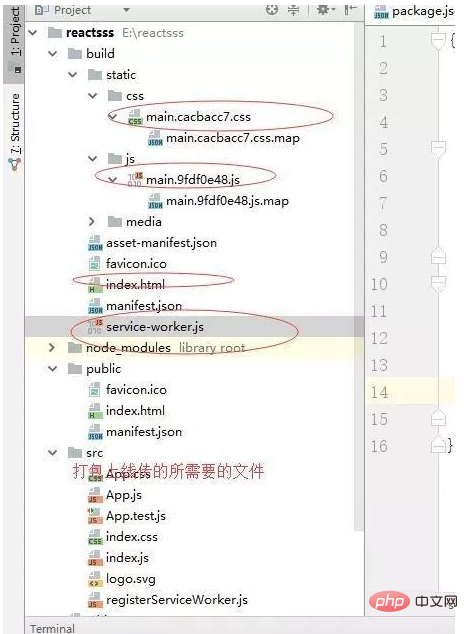

- #Yarn run dev build generate how to
- #Yarn run dev build generate full
- #Yarn run dev build generate software
- #Yarn run dev build generate code
- #Yarn run dev build generate download
#Yarn run dev build generate code
But that is pretty dangerous since it gives root privileges to whatever code we run, meaning a little security flaw in Node or one of our NPM dependencies could potentially give access to our whole server. By default Docker runs as root on the contained machine. Remember the container is basically a virtual little computer, so we have to copy our files in there to access them! These are our first real instructions - we make a directory called /home/app, give ownership of it to a user named node, make it the "working directory" for our container (where Docker expects our main program files to live), and copy the files in the directory where we ran docker build into the container. RUN mkdir -p /home/app/ & chown -R node:node /home/app This tells Docker that your app is building on a container that has Alpine Linux and Node 14.17 (with npm and yarn) preinstalled. So what does this do? Well, Docker will step through these instructions one by one and do the following: FROM node:14.17-alpine Put these in a file named Dockerfile in the root folder of your app. So what do these instructions look like for our Next.js application? # Naively Simple Node Dockerfile However, for a straight-forward Next.js app like the one I'm using here, it works very well.) The Naive Dockerfile (Note that this has a big "in theory" caveat attached - if you are doing complex, advanced operations then you might run into the limits of Docker's capabilities.
#Yarn run dev build generate software
Using these three components you can wrap up your software into a standardized container that can be run on any machine that has the Docker software installed. This is what is stored in a Dockerfile and a. The steps to combine those first two components.

New files to add - in this case the code for your app.
#Yarn run dev build generate full
To make them, you need three ingredients:Ī starter image to build upon - usually this is a full operating system image with some pre-installed software from Docker Hub. At its core, Docker Containers are tiny virtual computers serialized to disk in a standardized format. So let's start with the 101 - what is Docker and why you want to use it. So, if you're using a different platform you might have to tweak which files get retained in your final container. You can set that up locally with this command: yarn create next-app -example blog-starter-typescript blog-starter-typescript-appĪs a side note, the tips and tricks in here are generic for all containerized Node apps, but the Dockerfiles themselves will only work as an untweaked copy-paste if you're using Next.js. To keep things replicable, I'm using the Next.js Blog-Starter-Typescript example in these instructions. If you want to follow along, you will need Docker Desktop and Yarn installed.

Just give me a Dockerfile I can blindly copy paste.
#Yarn run dev build generate how to
#Yarn run dev build generate download
Click the download button to save a svelte-app.zip file to your computer and uncompress it. You'll need to have Node.js installed, and know how to use the terminalĪt some point, your app will outgrow the REPL. You can choose from a list of examples, click the REPL link, and then tweak them until they do what you want. This is an interactive environment that allows you to modify code and instantly see the result. The Svelte REPL (Read-Eval-Print Loop) is the easiest way to begin.

How, you might reasonably ask, do you make a Svelte app? 1. Rather than putting a tag on the page, or bringing it into your app with import or require, Svelte is a compiler that works behind the scenes to turn your component files into beautifully optimised JavaScript.īecause of that, getting started with it can be a little bit confusing at first. The easiest way to get started with Svelte


 0 kommentar(er)
0 kommentar(er)
